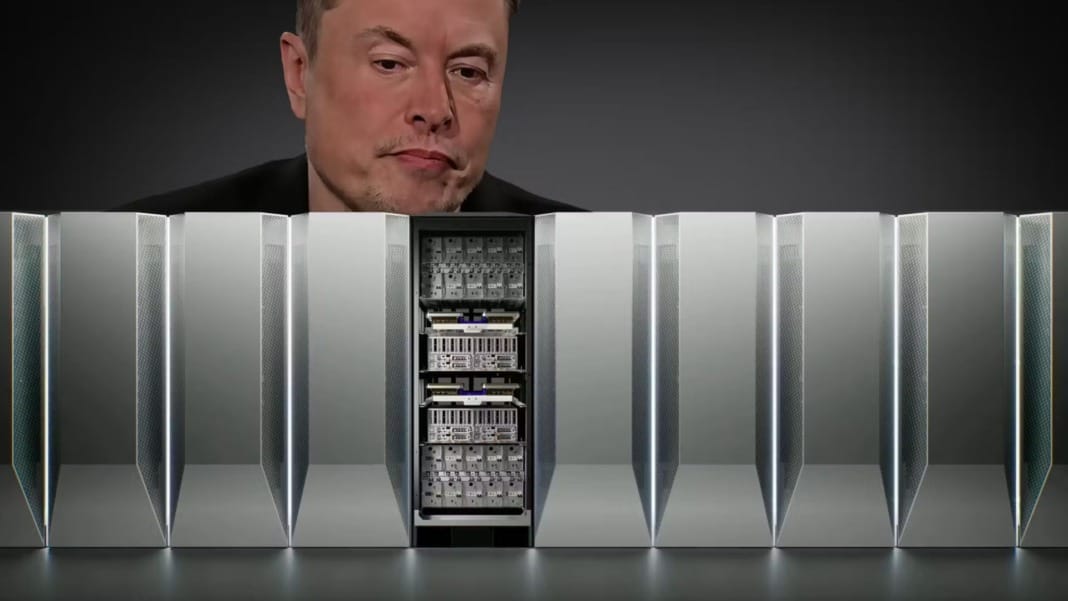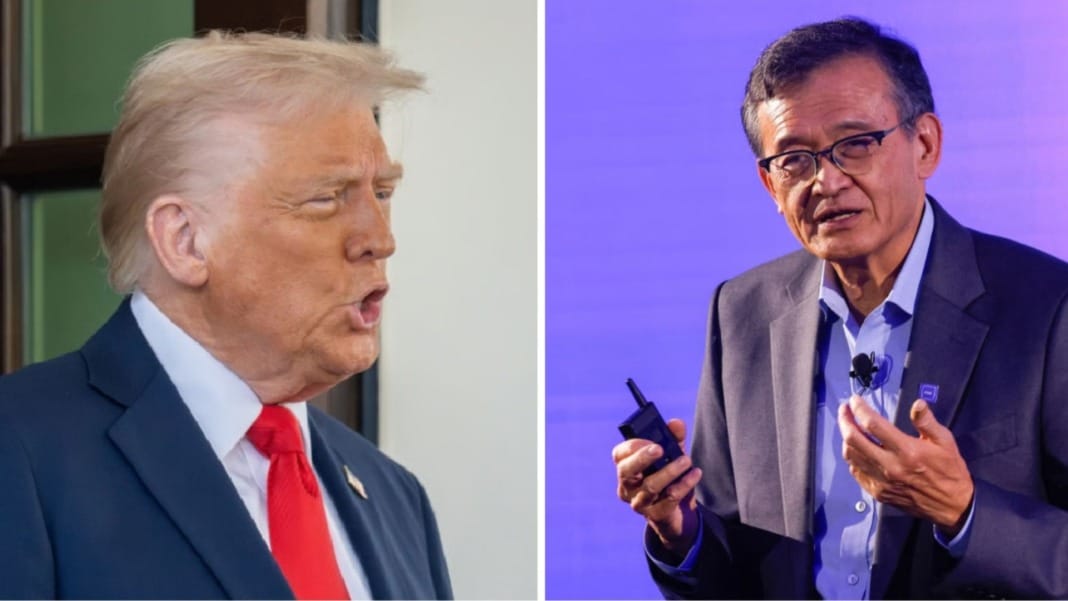Tesla has officially disbanded its in-house Dojo supercomputer team, marking a significant strategic shift in the electric vehicle maker’s efforts to build custom AI semiconductors. The move comes alongside the departure of Peter Bannon, the former head of the Dojo project. It follows internal decisions made by CEO Elon Musk, according to sources familiar with the matter.
The company, which had once championed Dojo as a central component of its long-term ambitions in artificial intelligence and autonomous driving, will now increase its reliance on established external technology partners, including Nvidia, Advanced Micro Devices (AMD), and Samsung Electronics.
Leadership exits and internal reshuffles
The disbandment of the Dojo team coincides with a broader wave of executive departures at Tesla in 2025. In addition to Bannon, who led the Dojo project, the company has recently seen several high-profile exits. These include Milan Kovac, head of engineering for the Optimus humanoid robot, and David Lau, Tesla’s Vice President of Software Engineering. Long-time Musk aide Omead Afshar also reportedly left abruptly in June.
According to sources, around 20 former Dojo team members have already moved on to a new start-up, DensityAI, which former Tesla engineers, including Ganesh Venkataramanan, the original architect of Dojo founded. DensityAI is expected to launch publicly soon and is developing AI chips, hardware and software for data centres supporting robotics, AI agents, and automotive applications.
The remaining Tesla staff who were part of the Dojo initiative have been reassigned to other computing and data centre projects within the company.
Strategic pivot toward external partnerships
Dojo was originally designed as Tesla’s answer to the high-performance computing needs of AI training. Built around Tesla’s own D1 chip, Dojo served as a key tool for processing massive amounts of video data captured from Tesla vehicles, thereby improving the machine-learning models behind Autopilot, Full Self-Driving (FSD), and the Optimus robot. The D1 chip was developed to compete with powerful AI accelerators, such as those made by Nvidia.
However, Elon Musk has now confirmed the decision to consolidate AI chip efforts, stating that it no longer made sense to divide resources between multiple chip designs. Posting on X (formerly Twitter), he supported a Bloomberg report on the disbandment and added that Tesla would streamline its efforts in the future.
It doesn’t make sense for Tesla to divide its resources and scale two quite different AI chip designs.
— Elon Musk (@elonmusk) August 8, 2025
The Tesla AI5, AI6 and subsequent chips will be excellent for inference and at least pretty good for training. All effort is focused on that.
“Thinking about Dojo 3 and the AI6 inference chip, it seems like intuitively we want to try to find convergence there, where it’s the same chip,” Musk said during Tesla’s earnings call on 23 July.
In another signal of this shift, Tesla recently signed a US$16.5 billion agreement with Samsung to manufacture AI chips through to 2033. A new Samsung plant in Texas is set to produce Tesla’s next-generation AI6 chip, which will complement existing supply chains that also include Taiwan Semiconductor Manufacturing Co.
A long shot that didn’t pay off
Dojo was once seen as a potential game-changer for Tesla. In 2023, Morgan Stanley estimated that Dojo’s contribution to Tesla’s AI capabilities could add as much as US$500 billion in market value. By building a supercomputing platform tailored specifically to its vehicle and robotics needs, Tesla aimed to leapfrog its competitors in the AI space.
But the vision did not fully materialise. In January 2024, Musk had already expressed tempered expectations, calling Dojo a “long shot worth taking” due to its high potential reward. He acknowledged at the time that the company was simultaneously pursuing developments with both Nvidia and its internal Dojo programme.
Ultimately, that dual-path approach has now been narrowed. The disbandment of Dojo signals Tesla’s decision to pivot more decisively towards working with external chip suppliers and partners rather than continuing its own costly and complex hardware development internally.
Tesla’s stock declined slightly following the Bloomberg report, dropping less than 1 per cent in after-hours trading as of 5:29 pm in New York.





